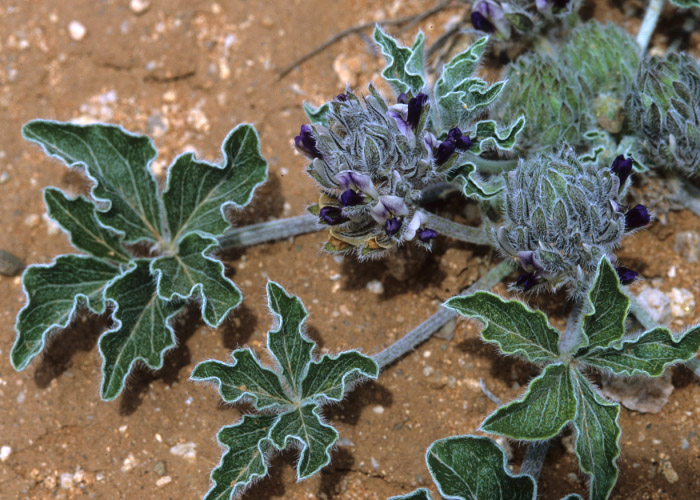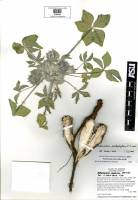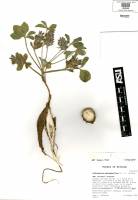Pediomelum pentaphyllum
|
Pediomelum pentaphyllum
 (redirected from: Pediomelum pentaphyllum var. subulatum (Bush) J.W. Grimes) (redirected from: Pediomelum pentaphyllum var. subulatum (Bush) J.W. Grimes) |
|
|
Family: Fabaceae
small Indian breadroot, more...
[Pediomelum pentaphyllum var. subulatum (Bush) J.W. Grimes, more] |
|


